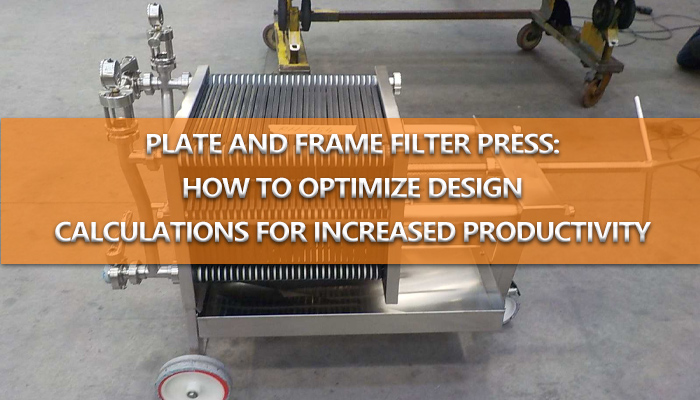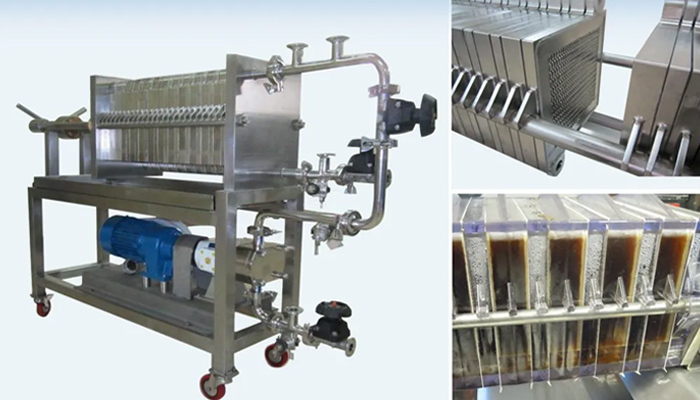In the world of filtration, plate and frame filter presses are a popular choice for their efficiency and versatility. However, optimizing the design calculations of these machines can be a challenge, especially for those who are new to the industry.
Design Calculations for Plate and Frame Filter Presses
When it comes to design calculations for plate and frame filter presses, there are several factors to consider. The first and most important factor is the flow rate.
The flow rate is the speed at which the liquid is filtered through the machine, and it is measured in gallons per minute (GPM). To calculate the flow rate, you need to know the volume of the liquid and the time it takes to filter it.
The next factor to consider is the filter area. The filter area is the surface area of the plates and frames that come into contact with the liquid. Additionally, the filter area measures in square feet, and it is calculated by multiplying the number of plates by the surface area of each plate.

The third factor to consider is the pressure drop. The pressure drop is the difference in pressure between the inlet and outlet of the filter press.
The final factor to consider is the filter medium. The filter medium is the material that filters the liquid, and it is typically made of paper or polypropylene. The filter medium is measured in microns, and it is calculated by dividing the filter medium by the flow rate.
Optimizing Design Calculations for Increased Productivity
To optimize design calculations for increased productivity in plate and frame filter presses, there are several strategies you can use. Additionally, the first strategy is to increase the flow rate. By increasing the flow rate, you can filter more liquid in a shorter amount of time, which can increase productivity.
The second strategy is to increase the filter area. By increasing the filter area, you can filter more liquid at once, which can also increase productivity.

The third strategy is to decrease the pressure drop. By decreasing the pressure drop, you can reduce the amount of energy needed to filter the liquid, which can increase productivity.
The fourth strategy is to optimize the filter medium. By optimizing the filter medium, you can filter the liquid more efficiently. Which can also increase productivity.
Conclusion
In conclusion, optimizing design calculations for increased productivity in plate and frame filter presses is a crucial step in ensuring that your filtration process runs smoothly and efficiently.
Additionally, by using strategies such as increasing the flow rate, increasing the filter area, decreasing the pressure drop, and optimizing the filter medium, you can further increase productivity and improve the overall performance of your filtration process.